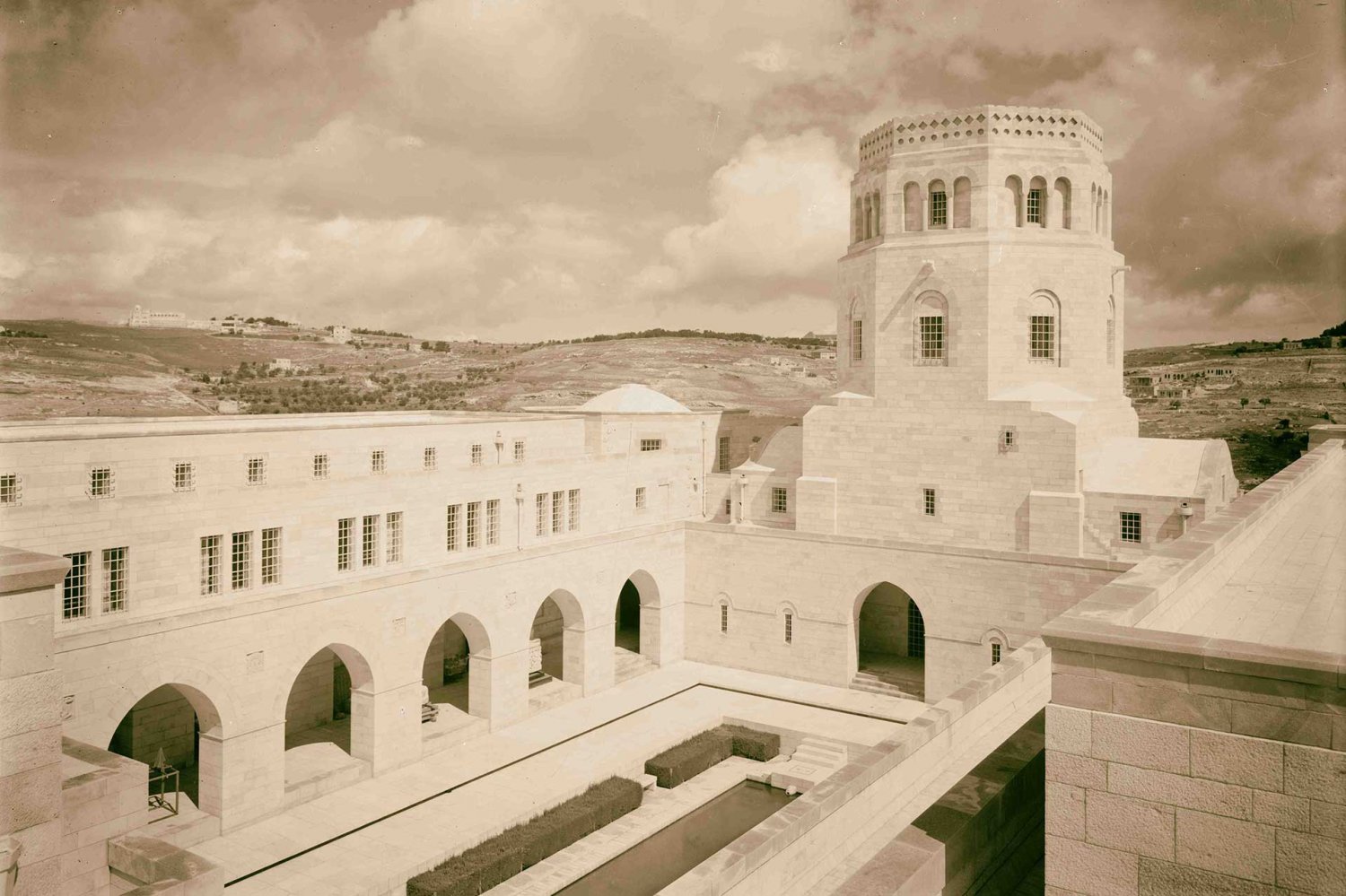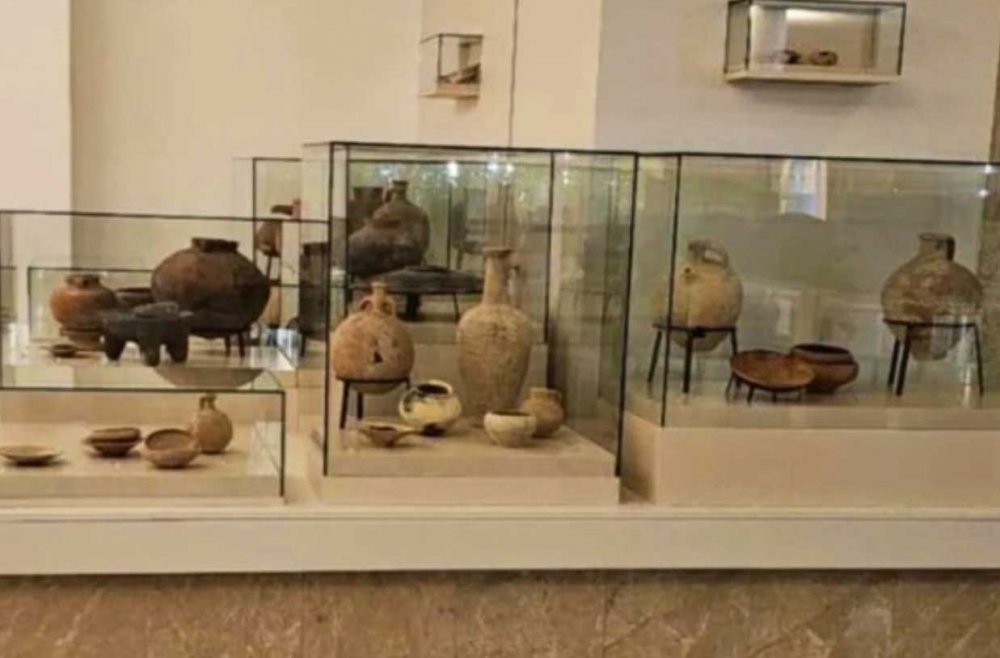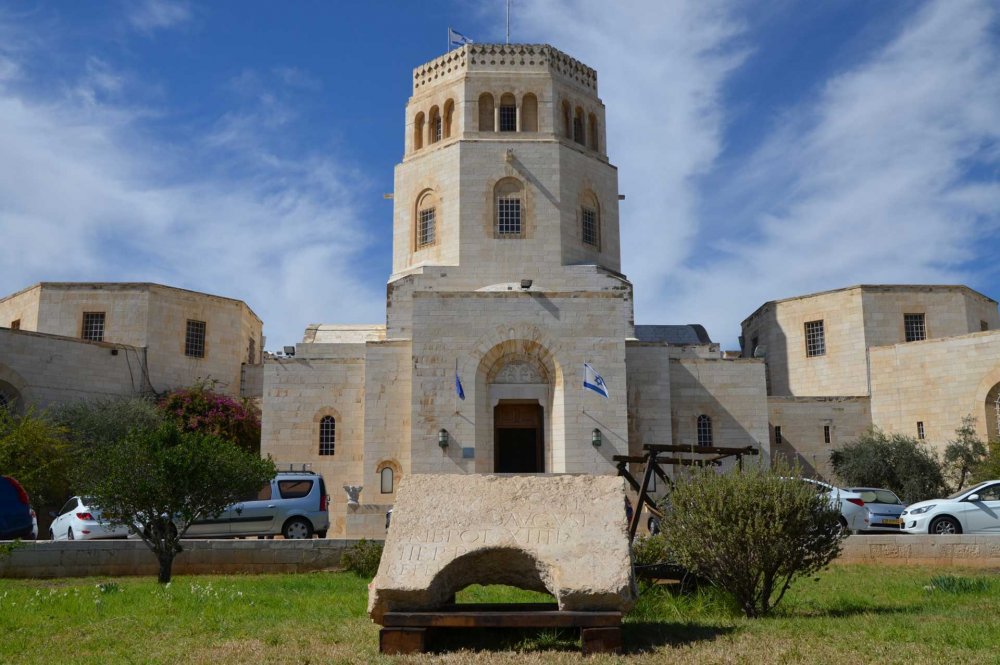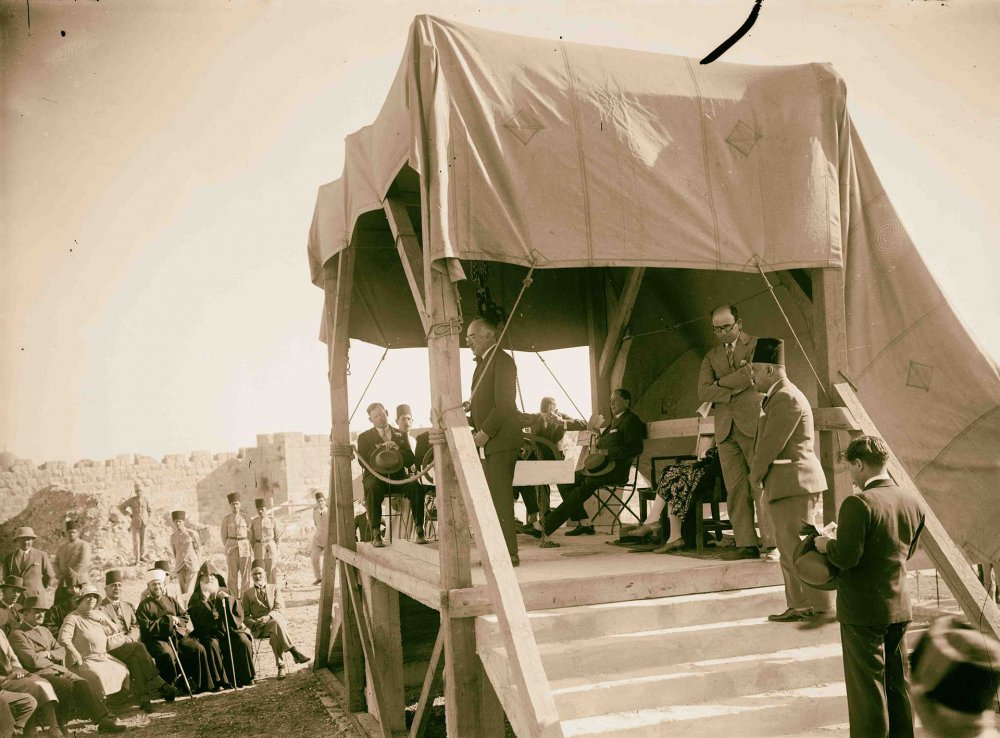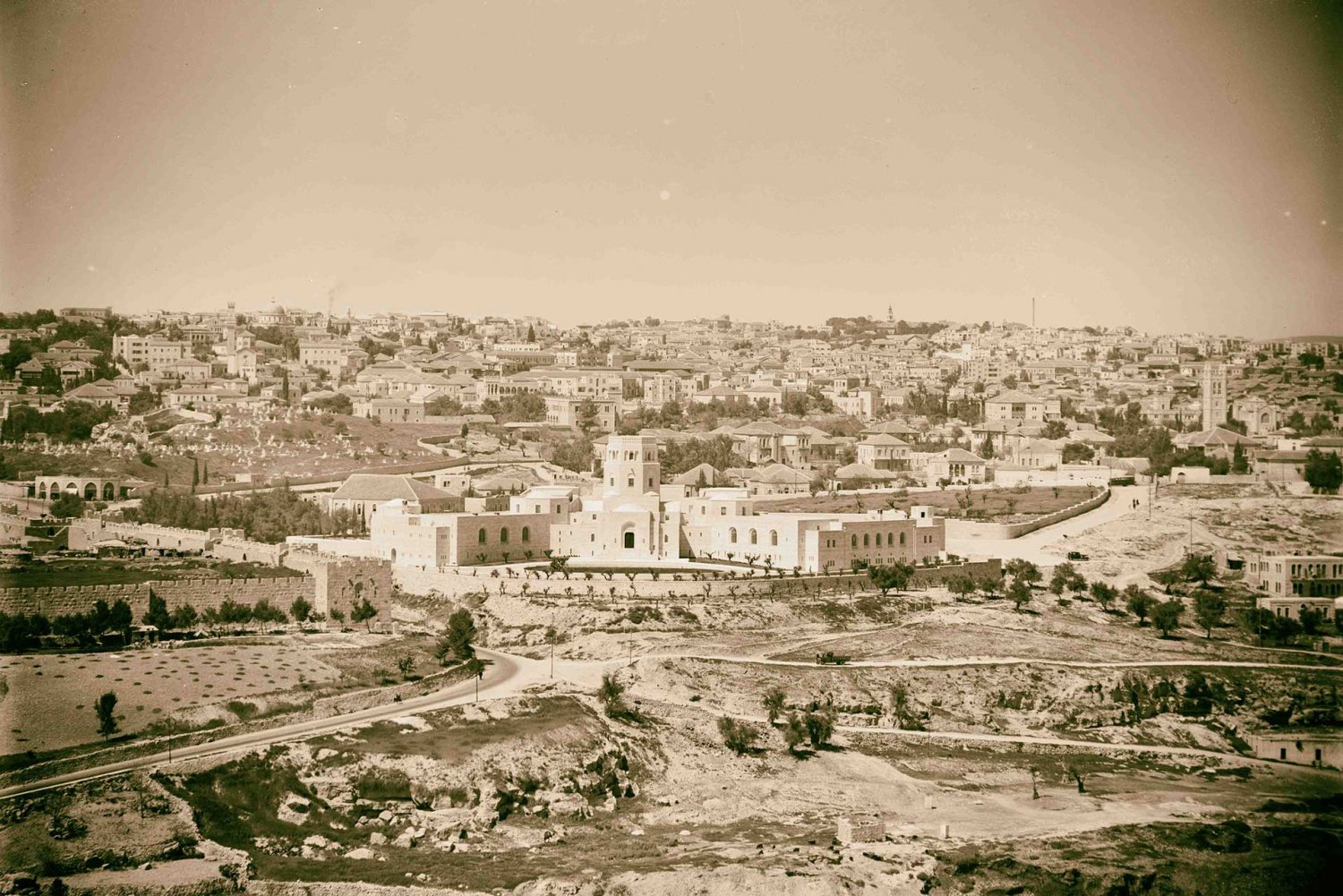The Rockefeller Archaeological Museum in East Jerusalem is closed amid the ongoing war, but that hasn’t stopped Israel from pursuing plans to transform the landmark located just outside Herod’s Gate along the Old City walls. The Government Housing Administration, part of Israel’s Ministry of Finance, is currently deliberating plans to renovate the historic site after the Israel Antiquities Authority (IAA), which had been headquartered in the museum, relocated in October 2023.
The museum holds a significant collection of antiquities found during the Colonial British Mandate (1919–48).
Options for the renovation include turning it into a museum on Jerusalem’s history, operated by the Tower of David Museum; combining it into a café, hotel, and observation point; bringing it under the purview of the IAA; or allowing the Elad Association—a settler organization notorious for using archaeology to displace Palestinians and erase Palestinian culture—to take it over.1
Elad is currently developing a whole cluster of major projects that would bring a Judeo-centric, “Disney” branding to Jerusalem, such as a cable car, suspension bridge, and massive tourist complex just outside the Old City walls.
The Government Housing Administration did not respond to Jerusalem Story’s requests for comment on renovation efforts.

